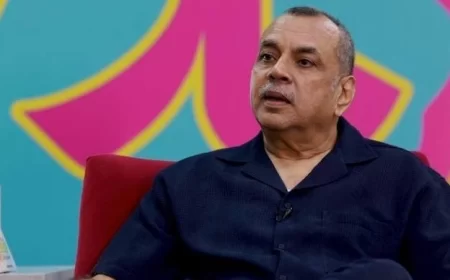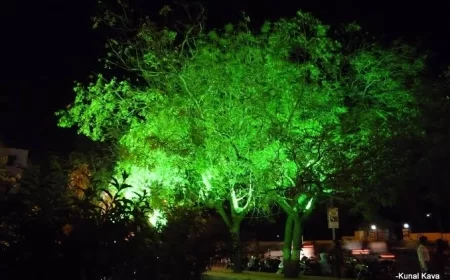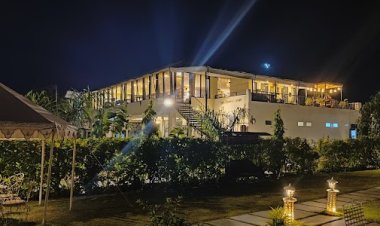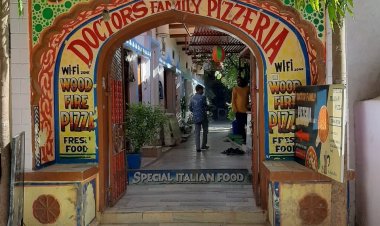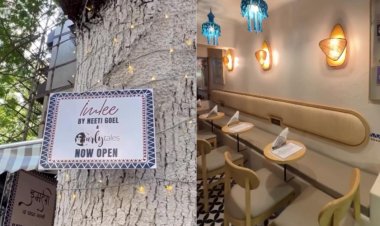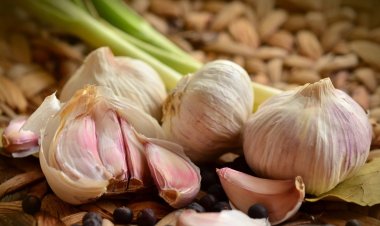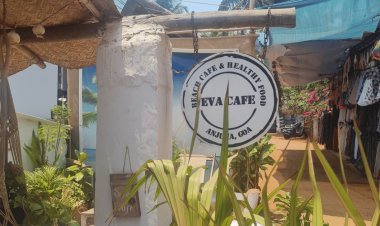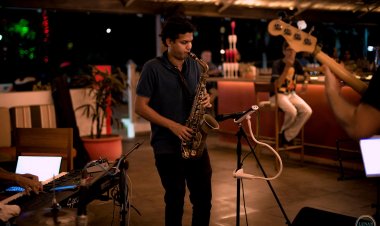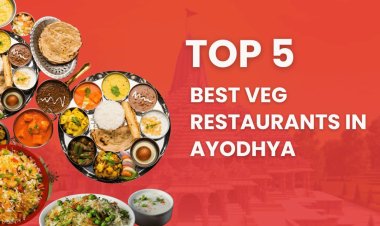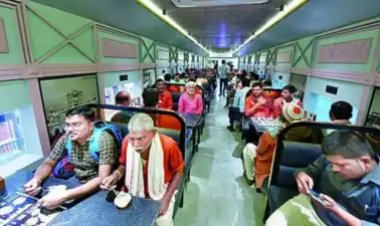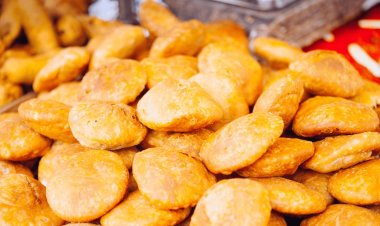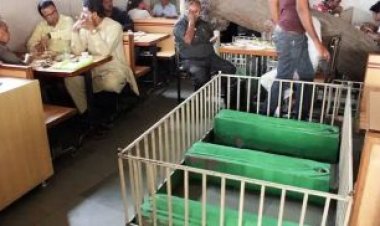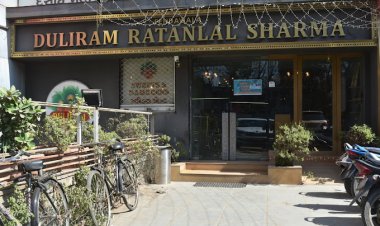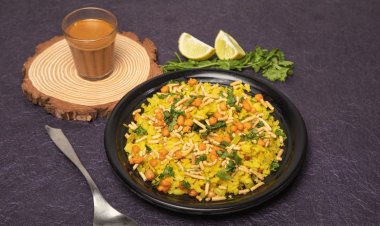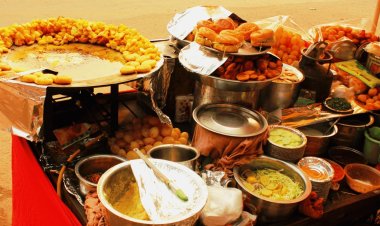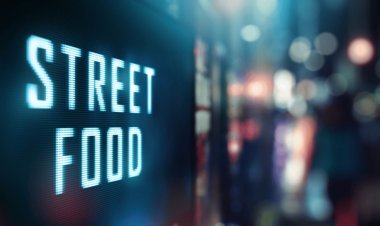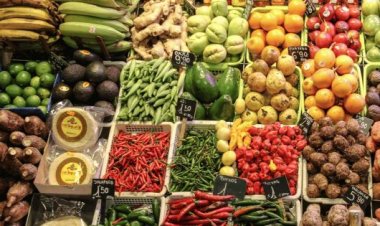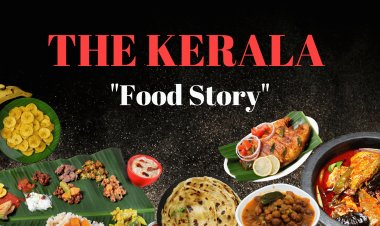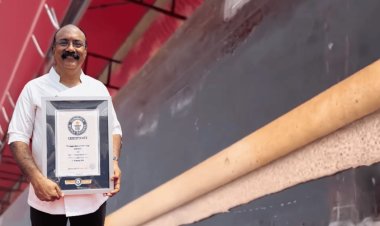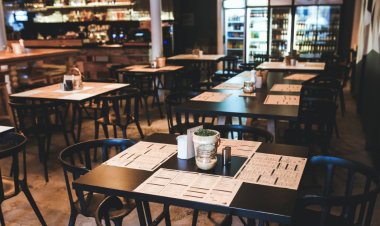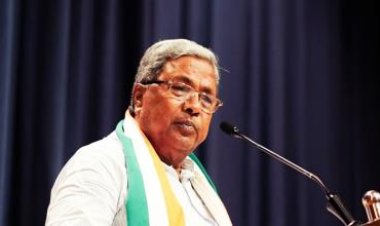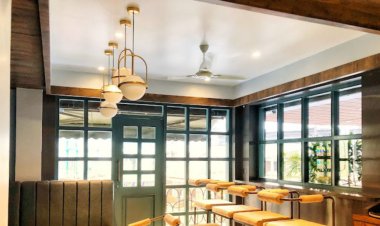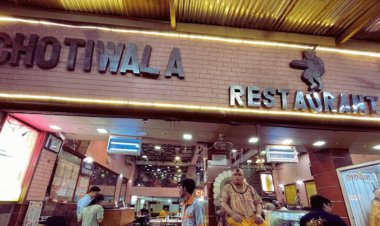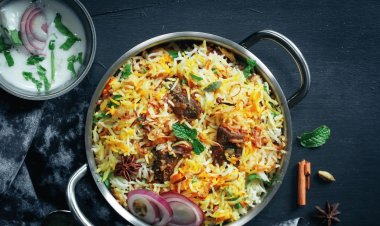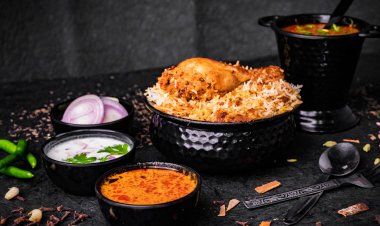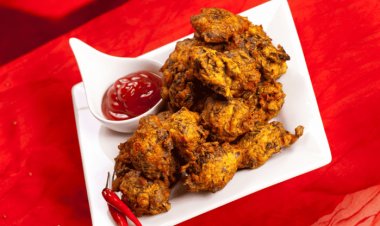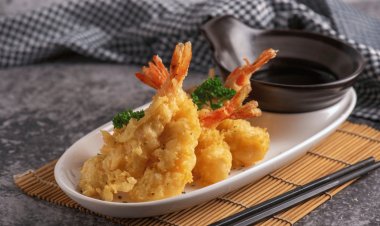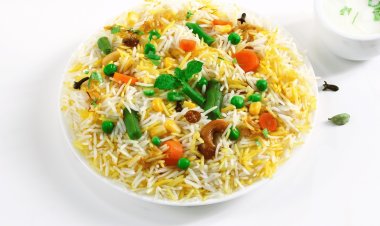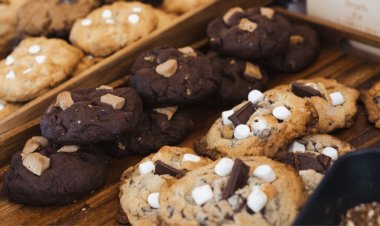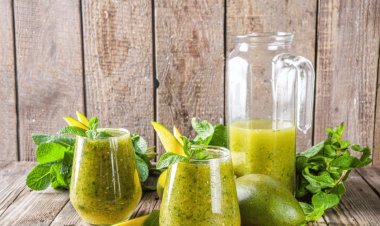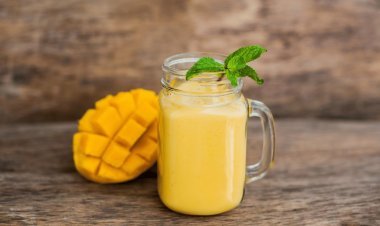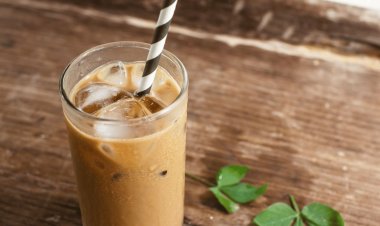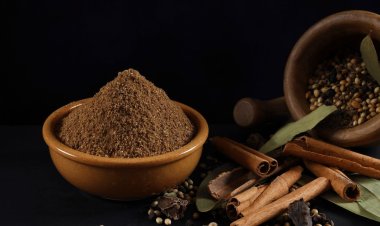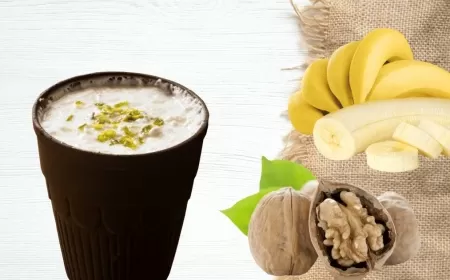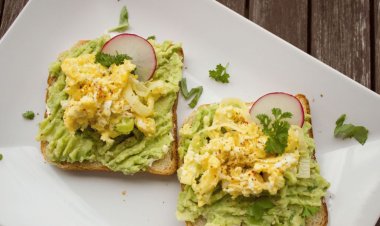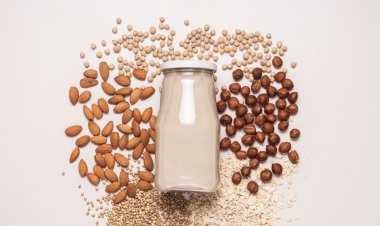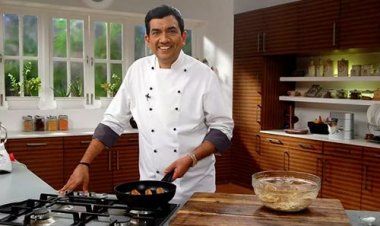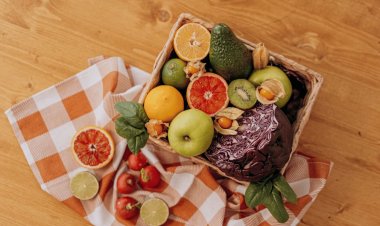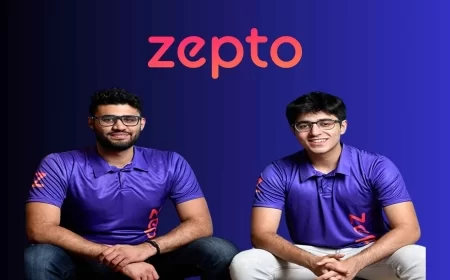Zepto Café Hits 100,000 Daily Orders : A Game-Changing Milestone, What Can Competitors Learn from Zepto Café?
Zepto Café achieves 100,000 daily orders and nears a $100 million GMV run-rate, transforming India’s quick commerce and QSR market. Read how Zepto is reshaping food delivery
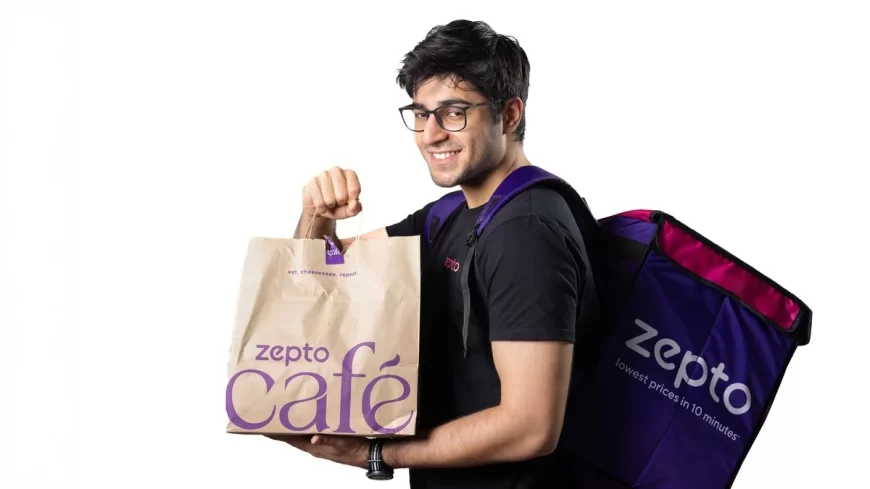
Zepto Café has shattered records by hitting 100,000 daily orders and nearing a $100 million annualized GMV run-rate with an impressive 50% gross margin. Launched in December 2024 as a spinoff of the quick commerce unicorn Zepto, the café has rapidly climbed to the top of India’s quick-service restaurant (QSR) and quick commerce sectors.
From Grocery Delivery to 10-Minute Food Orders
Zepto Café’s pivot from grocery-focused deliveries to a dedicated 10-minute food delivery model has been nothing short of revolutionary. Scaling from 30,000 orders in its first month to 75,000 by early February 2025 and now hitting 100,000 daily orders, the growth has been exponential.
CEO Aadit Palicha’s vision is clear: revolutionize India’s QSR landscape through speed, customer retention, and scalability. With over 120 Zepto Cafés already operational and 100+ new locations launching monthly, Zepto Café is setting a breakneck pace.
Competitive Landscape: Who’s Battling Zepto Café?
The Indian quick commerce and QSR market is witnessing intense competition. Here’s how key players stack up:
1. Blinkit (Zomato-Owned)
-
Focus: Quick commerce pioneer now offering 10-minute food delivery via Blinkit Bistro.
-
Stats: Over 1,000 dark stores with plans to double by end-2025.
-
Challenges: Losses widened to ₹103 crore in Q3 FY25 due to aggressive scaling.
-
Strength: Integration with Zomato’s massive food delivery ecosystem.
2. Swiggy Instamart & SNACC
-
Focus: Instamart delivers groceries in 15-30 minutes; SNACC launched in January 2025 for 15-minute food delivery.
-
Stats: Instamart’s revenue soared 136% to ₹490 crore in Q2 FY25.
-
Challenges: Losses remain high at ₹317 crore. SNACC is still limited to Bengaluru.
-
Strength: Leverages Swiggy’s vast restaurant network.
3. Magicpin’s magicNOW
-
Focus: Hyper-local fresh food delivery from 2,000+ QSR brands like McDonald’s and Burger King.
-
Stats: Completed 75,000 deliveries in pilot phase; expansion to Mumbai and Chennai underway.
-
Strength: Strong direct partnerships with major QSRs.
4. Traditional QSR Chains (Domino’s, McDonald’s)
-
Focus: Rely on aggregators but are adapting to faster delivery models.
-
Stats: Domino’s India continues strong growth but lags in adopting sub-15-minute delivery.
-
Strength: Brand loyalty and extensive dine-in presence.
What Can Competitors Learn from Zepto Café?
1. Speed is King
-
Zepto’s Edge: 10-minute delivery sets a new benchmark, outpacing Blinkit’s and Swiggy’s timelines.
-
Competitor Tip: Traditional QSRs could invest in micro-fulfillment centers to reduce delivery windows.
2. Scale with Dark Stores
-
Zepto’s Strategy: Over 120 café hubs offer hyper-local responsiveness.
-
Competitor Tip: Blinkit and SNACC could accelerate dark store rollouts.
3. Focus on Retention
-
Zepto’s Approach: A standalone app helps build customer loyalty.
-
Competitor Tip: QSRs should enhance loyalty programs and consider dedicated food apps.
4. Operational Efficiency for Higher Margins
-
Zepto’s Success: Achieving 50% gross margins in a low-margin industry.
-
Competitor Tip: Streamline menus and optimize logistics to improve unit economics.
5. Customer-Centric Innovation
-
Zepto’s Flexibility: Quick pivot to standalone food delivery shows adaptability.
-
Competitor Tip: Experiment with new delivery models, like Magicpin broadening menus or Domino’s testing 10-minute delivery.
The Evolving Quick Commerce & QSR Market in India
Market Growth Projections
-
Quick Commerce: Expected to hit $5.38 billion in 2025, growing to $9.77 billion by 2029 (CAGR 16.07%).
-
QSR Market: Valued at $25.46 billion in 2024, projected to reach $38.71 billion by 2029 (CAGR 8.74%).
Key Growth Drivers
-
Urbanization and rising disposable incomes.
-
Smartphone penetration expected to hit 900 million users by 2025.
-
Post-COVID demand for convenient food delivery remains strong, with 64% of Indians opting for weekly orders.
Emerging Trends
-
AI & Machine Learning: Optimizing delivery routes and forecasting demand.
-
Sustainability: Increased use of electric vehicles for deliveries.
-
Diversification: Players expanding beyond groceries into 10-minute food delivery.
Challenges to Overcome
-
Profitability Struggles: High operational costs and thin margins.
-
Rising Competition: Amazon and Flipkart entering the 15-30 minute grocery space.
-
Regulatory Scrutiny: Labor and safety standards under the spotlight.
(You can now subscribe to our Indian Food Times WhatsApp channel)
What's Your Reaction?
 Like
0
Like
0
 Dislike
0
Dislike
0
 Love
0
Love
0
 Funny
0
Funny
0
 Angry
0
Angry
0
 Sad
0
Sad
0
 Wow
0
Wow
0



